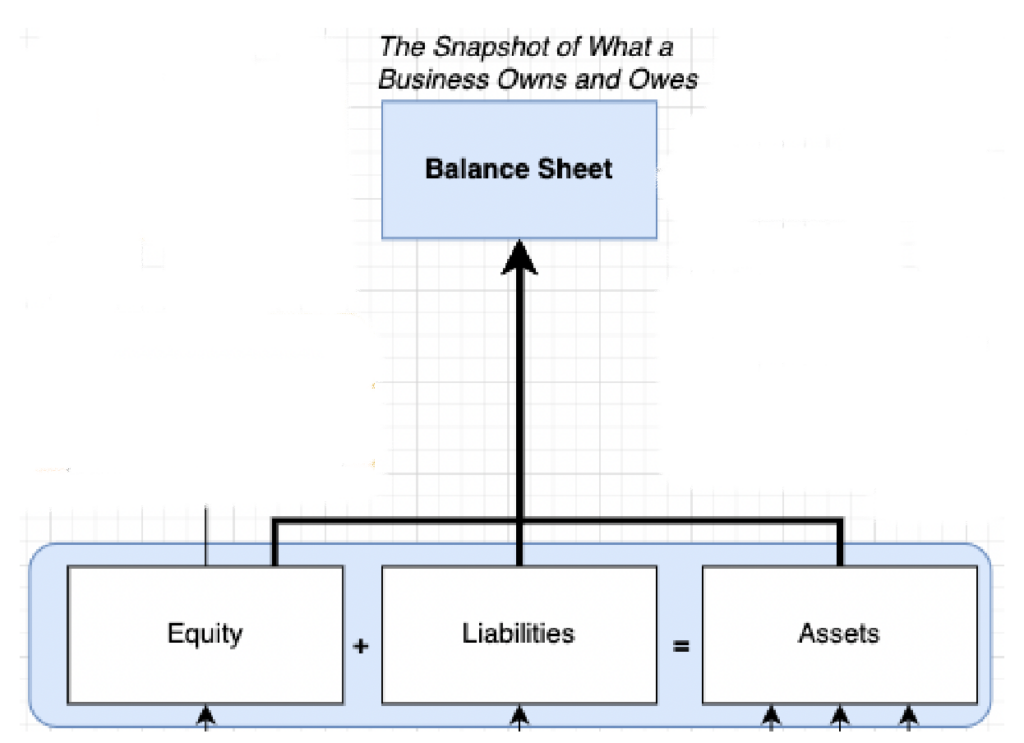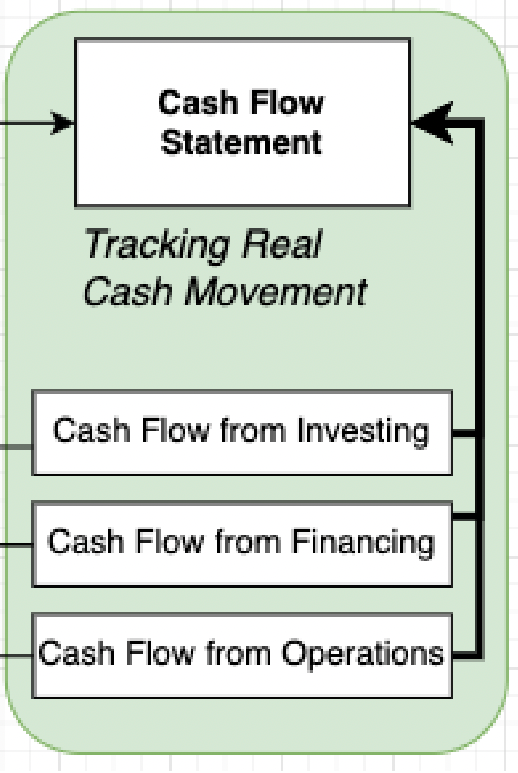Your cart is currently empty!
Financial Statements for Builders, Strategists, and Systems Thinkers
How does an income statement help you understand income trends?
How does a balance sheet help manage assets?
What does a cash flow statement do and what goes into it?
You might be getting into the health of a partner’s company. Or you’re helping balance someone’s book-keeping. Or perhaps you’re reviewing companies for their investment potential. All of these scenarios requires financial statements review. So let’s get into the absolute basics of financial statements.

Financial Statements for Builders, Strategists, and Systems Thinkers
Understanding financial statements isn’t just for accountants—it’s critical for anyone developing impact, whether in sustainability, technology, or entrepreneurship. Here’s how they work and why they matter:
📊 Income Statement: Measuring Business Performance Over Time
What it does:
An income statement (or profit & loss statement, P&L) shows a company’s revenues, costs, and profits/losses over a period of time (monthly, quarterly, yearly).

It answers:
- Are we making money?
- Where are we spending?
- Is this business financially viable?
What goes into it?
- Revenue – Money earned from sales, services, or other business activities.
- Cost of Goods Sold (COGS) – Direct costs of producing a product/service.
- Gross Profit – Revenue minus COGS (what’s left before operating expenses).
- Operating Expenses (OPEX) – Costs like salaries, rent, and marketing.
- Operating Profit (EBIT) – Profit before interest and taxes.
- Net Income – The bottom line: total profit or loss after all expenses.
Why it matters for Prism14 thinkers: If you’re launching a product or service, these metrics tell you whether your pricing and costs make sense.
📈 Balance Sheet: A Snapshot of What a Business Owns and Owes
What it does:
A balance sheet shows a company’s financial position at a specific moment in time. It answers:
- What do we own? (Assets)
- What do we owe? (Liabilities)
- What’s left for us? (Equity)

What goes into it?
- Assets – What the company owns (cash, inventory, property, patents).
- Liabilities – What the company owes (loans, accounts payable, salaries owed).
- Equity – The company’s net worth (assets minus liabilities).
Why it matters for Prism14 thinkers: A strong balance sheet means financial stability and room to invest in growth. If you’re running a project or business, this is your long-term financial health check.
💰 Cash Flow Statement: Tracking the Movement of Money

What it does:
A cash flow statement tracks how cash moves in and out of a business over time. It answers:
- Do we have enough cash to operate?
- Are we generating or burning cash?
- Where is our cash coming from and going to?
What goes into it?
- Operating Cash Flow – Cash from core business activities (sales, expenses).
- Investing Cash Flow – Cash spent on long-term assets (buying equipment, R&D).
- Financing Cash Flow – Cash from loans, investments, or paying back debt.
Why it matters for Prism14 thinkers: Even if your business is “profitable” on paper, without cash flow, you can’t pay your team, suppliers, or keep operations running.
Bringing It All Together:
- The Income Statement tells you if you’re making money.
- The Balance Sheet tells you if you’re financially stable.
- The Cash Flow Statement tells you if you can actually keep the lights on.
Understanding these three statements lets you make better decisions, design more sustainable systems, and create businesses that thrive.Want to go deeper? Let’s chat. 🚀 #Prism14 #BusinessEssentials #SystemsThinking
by
Tags:
Leave a Reply